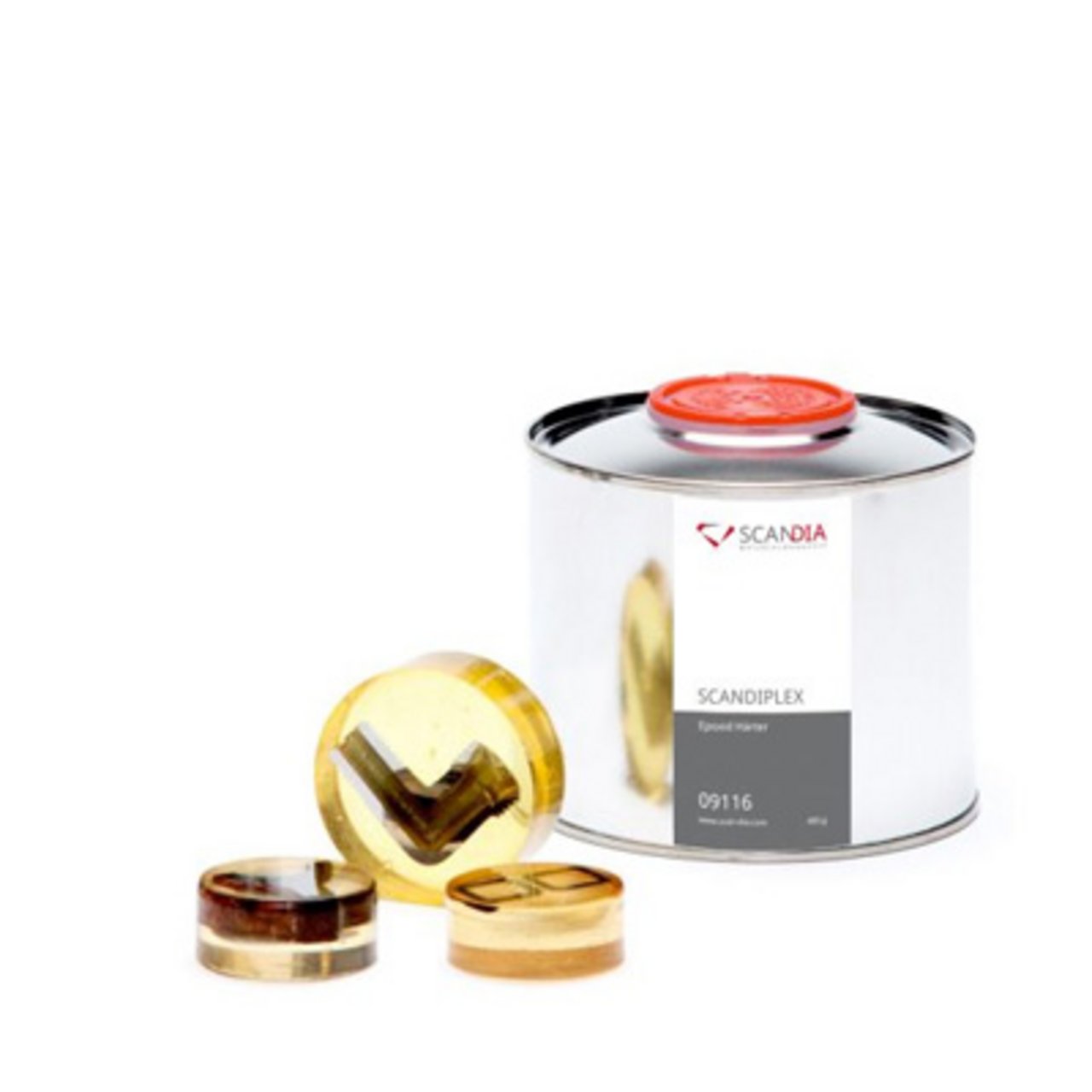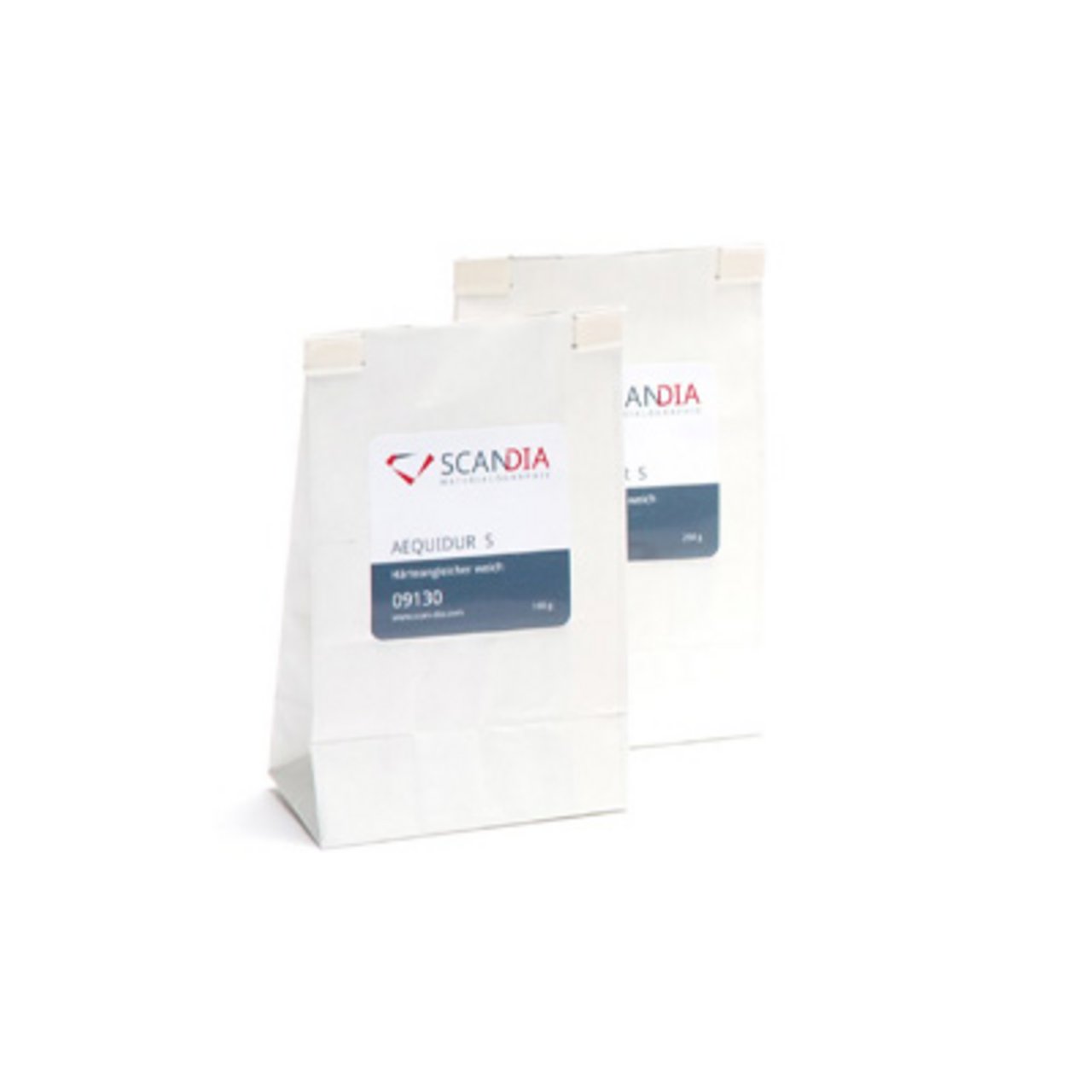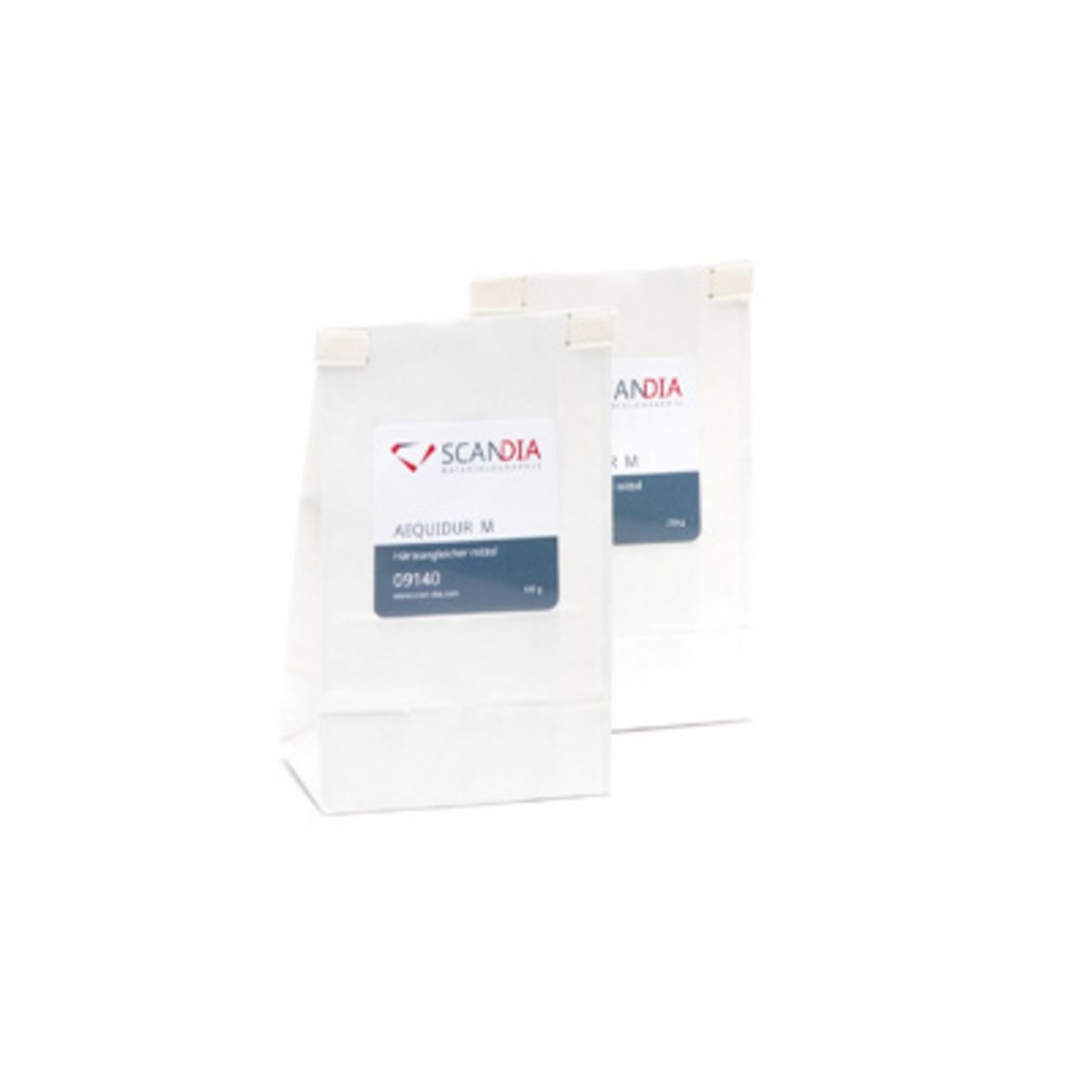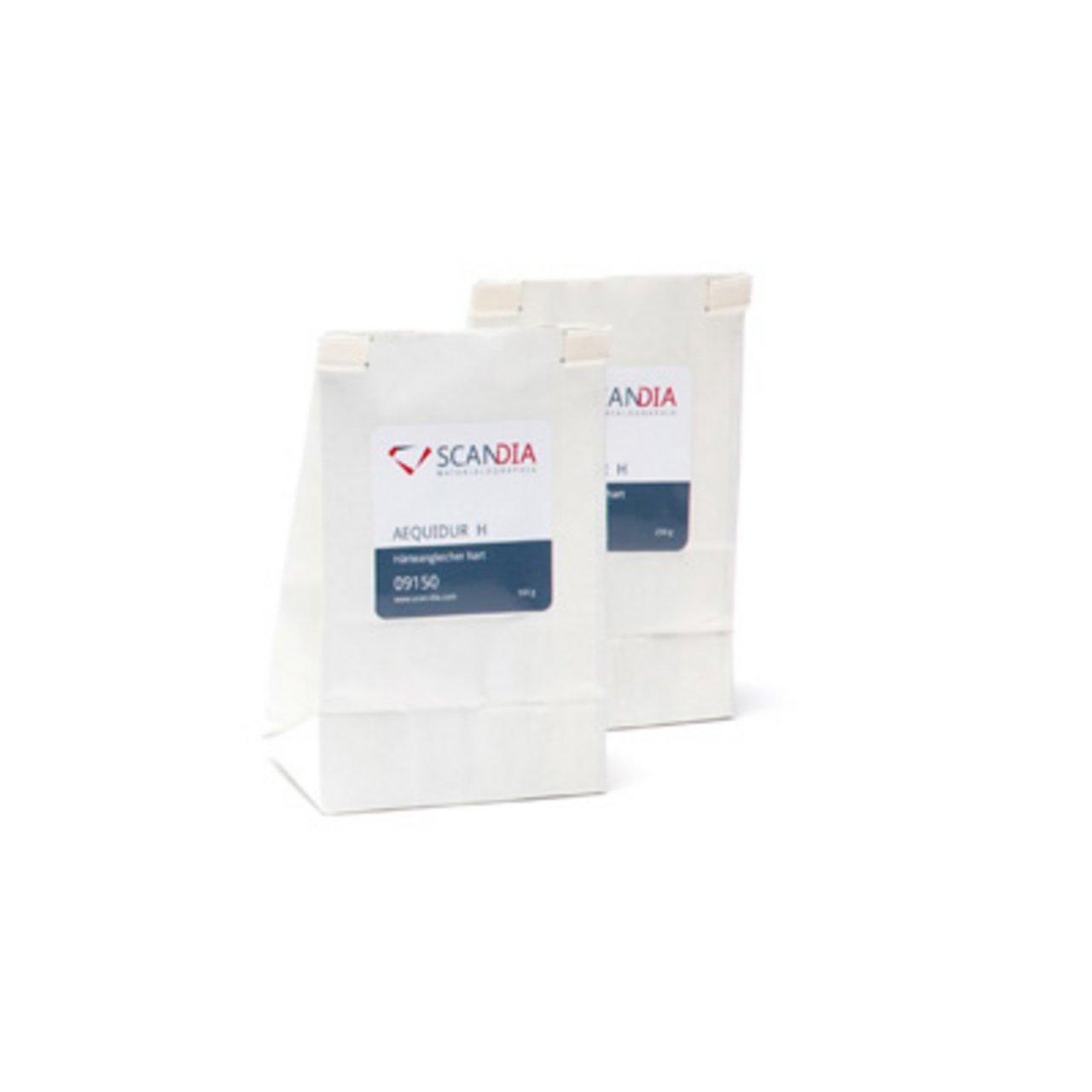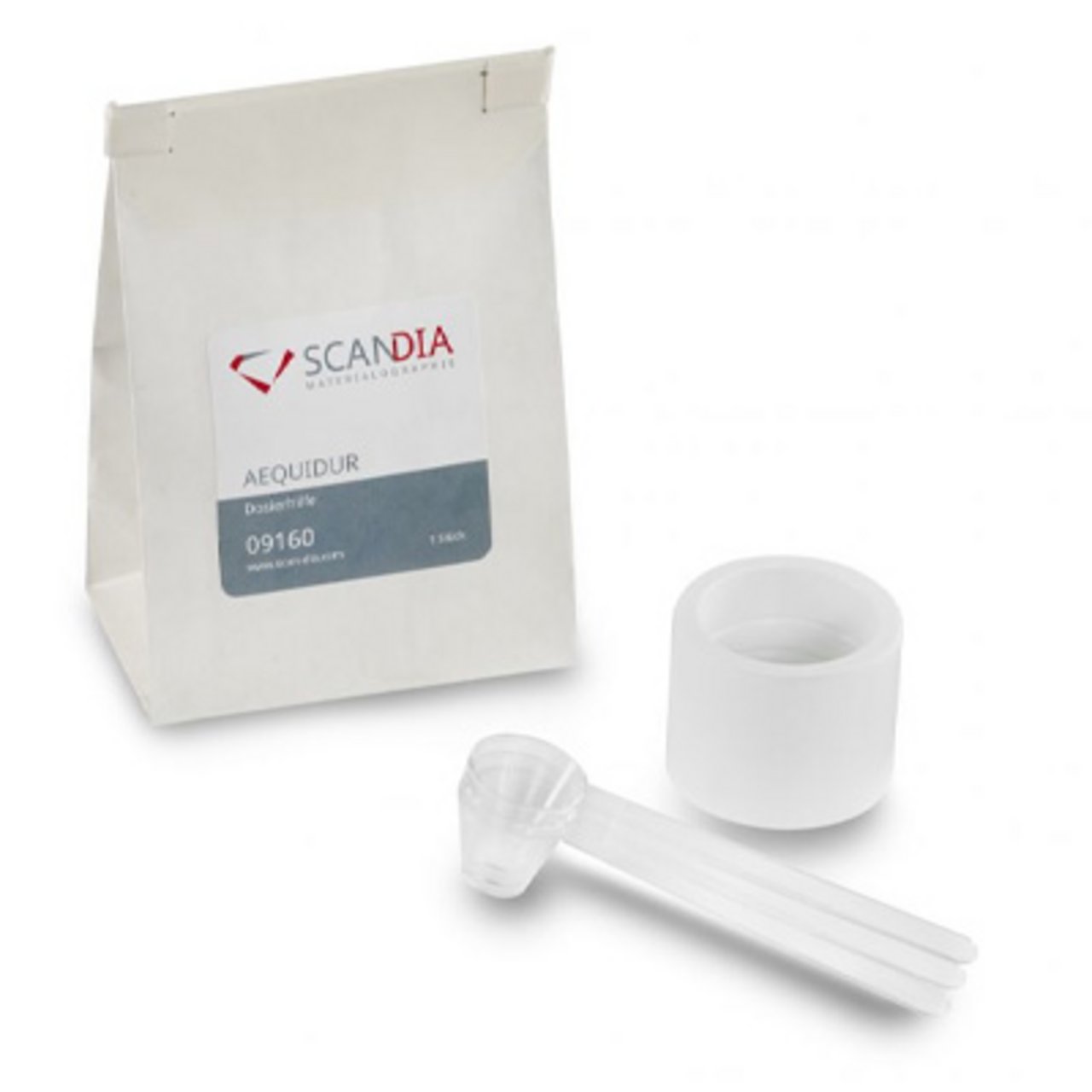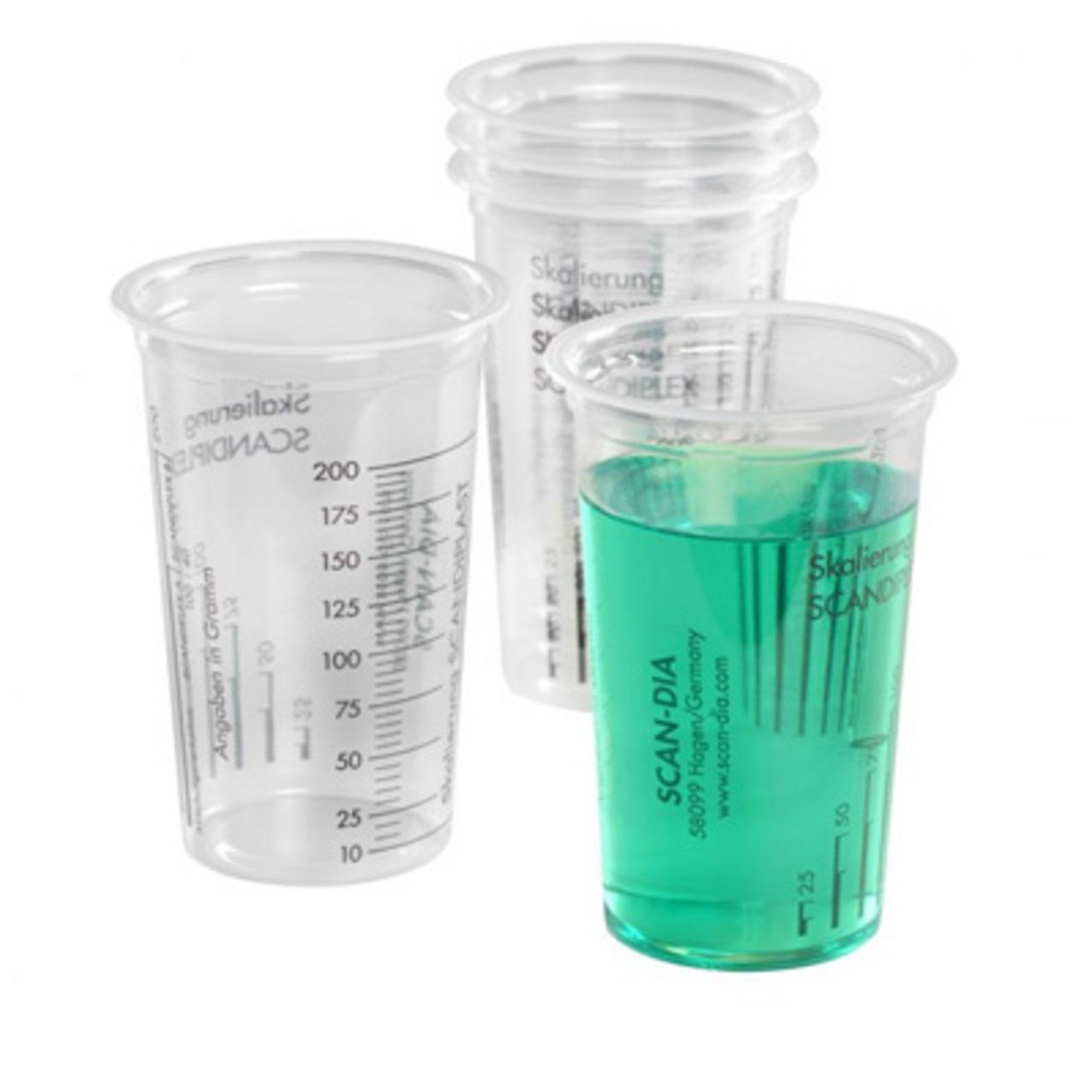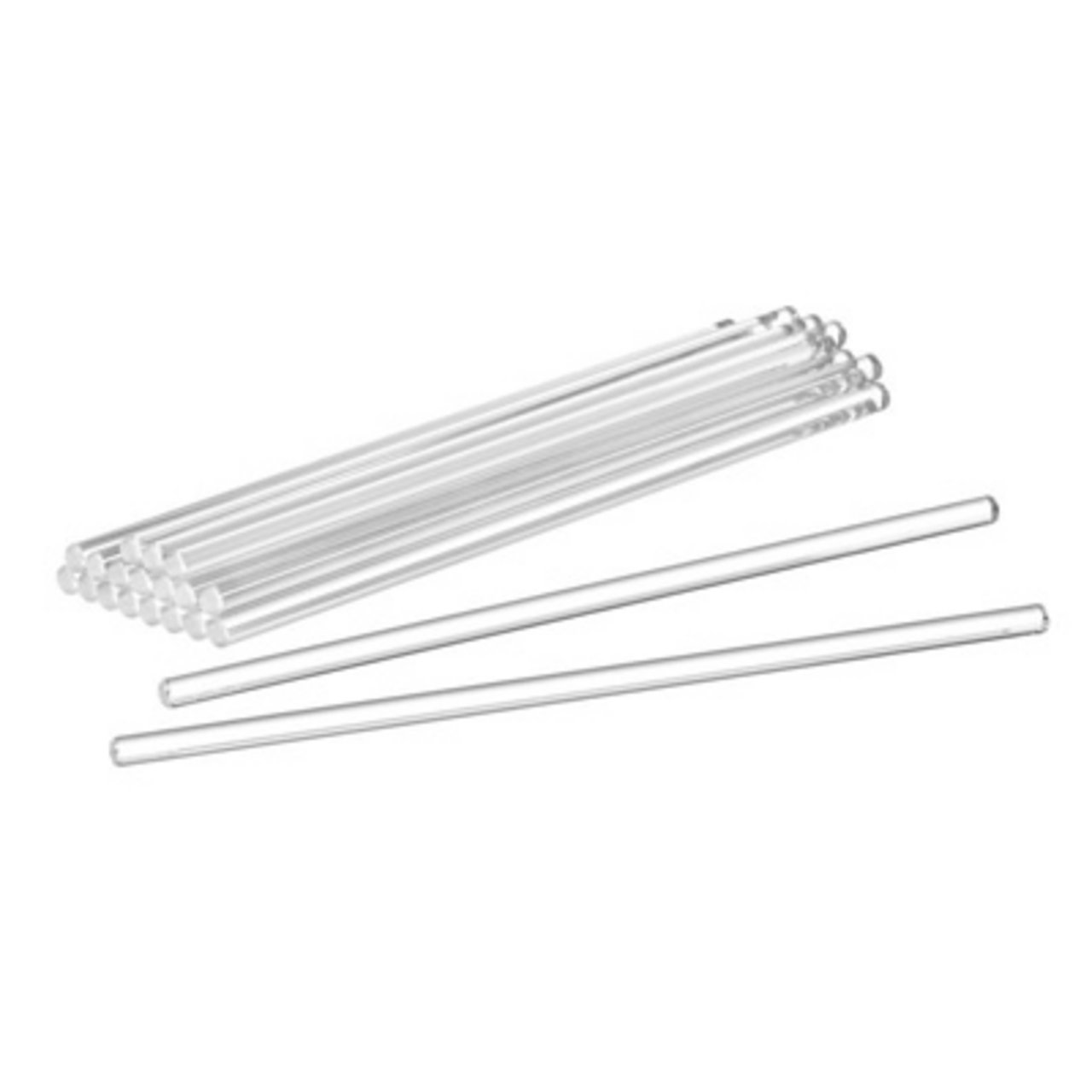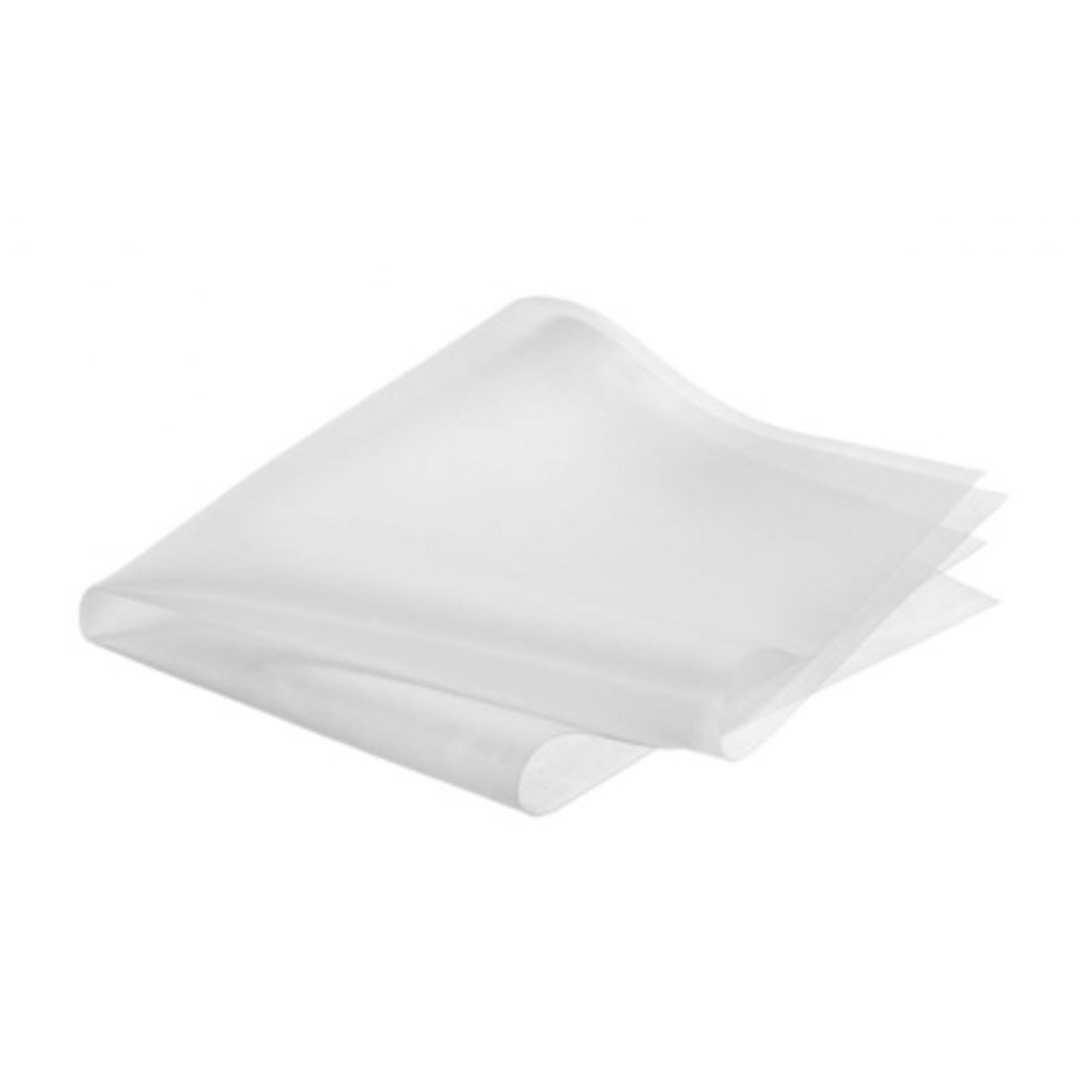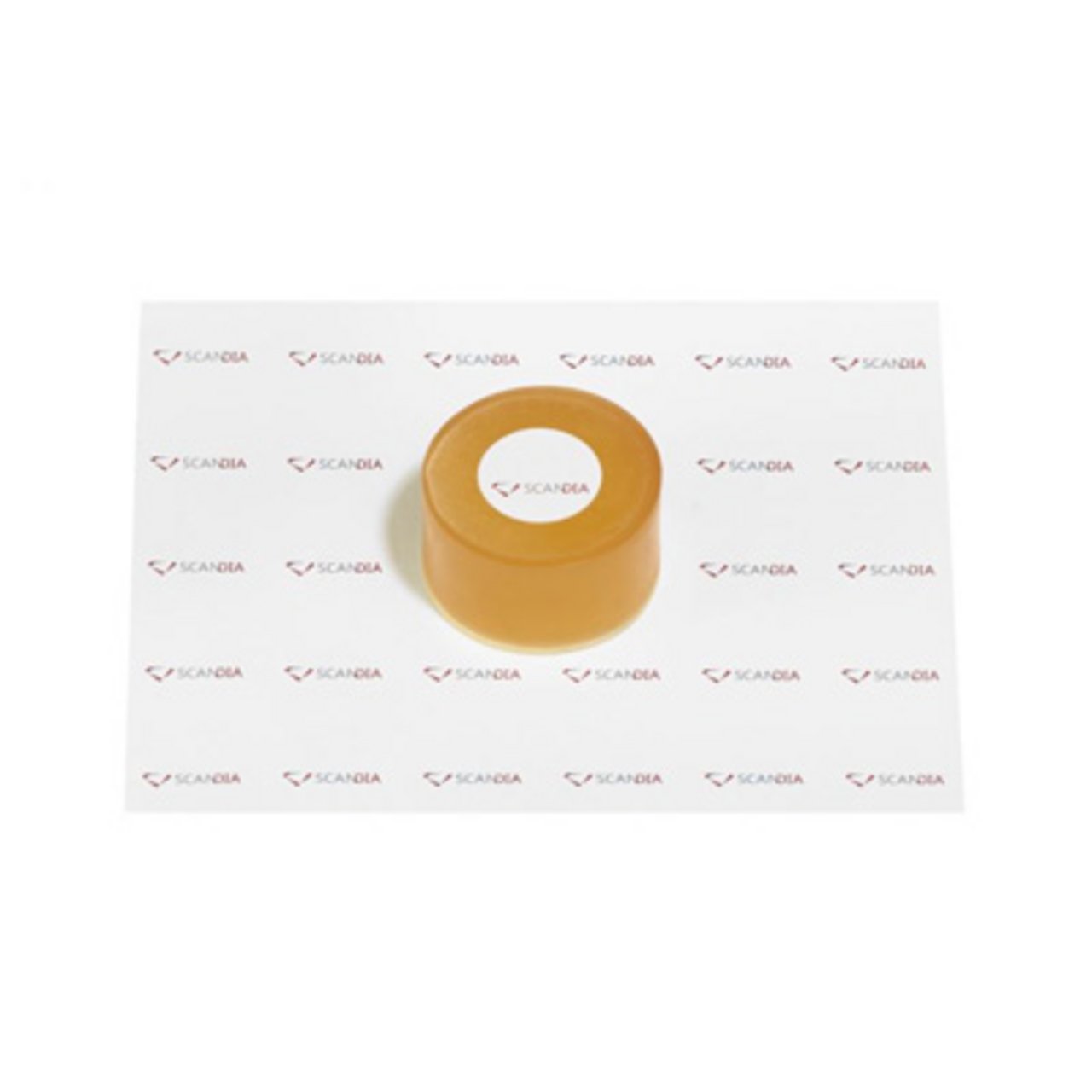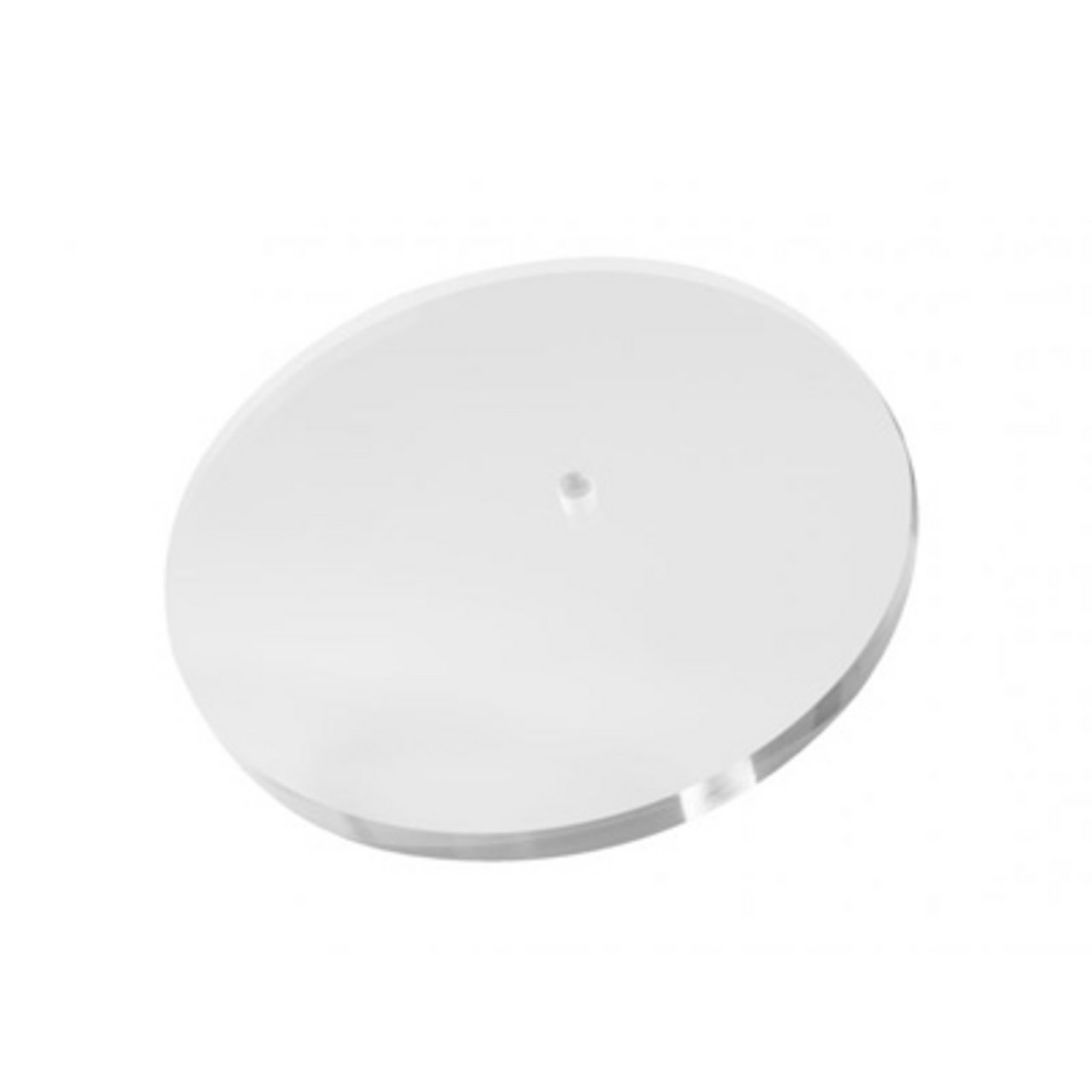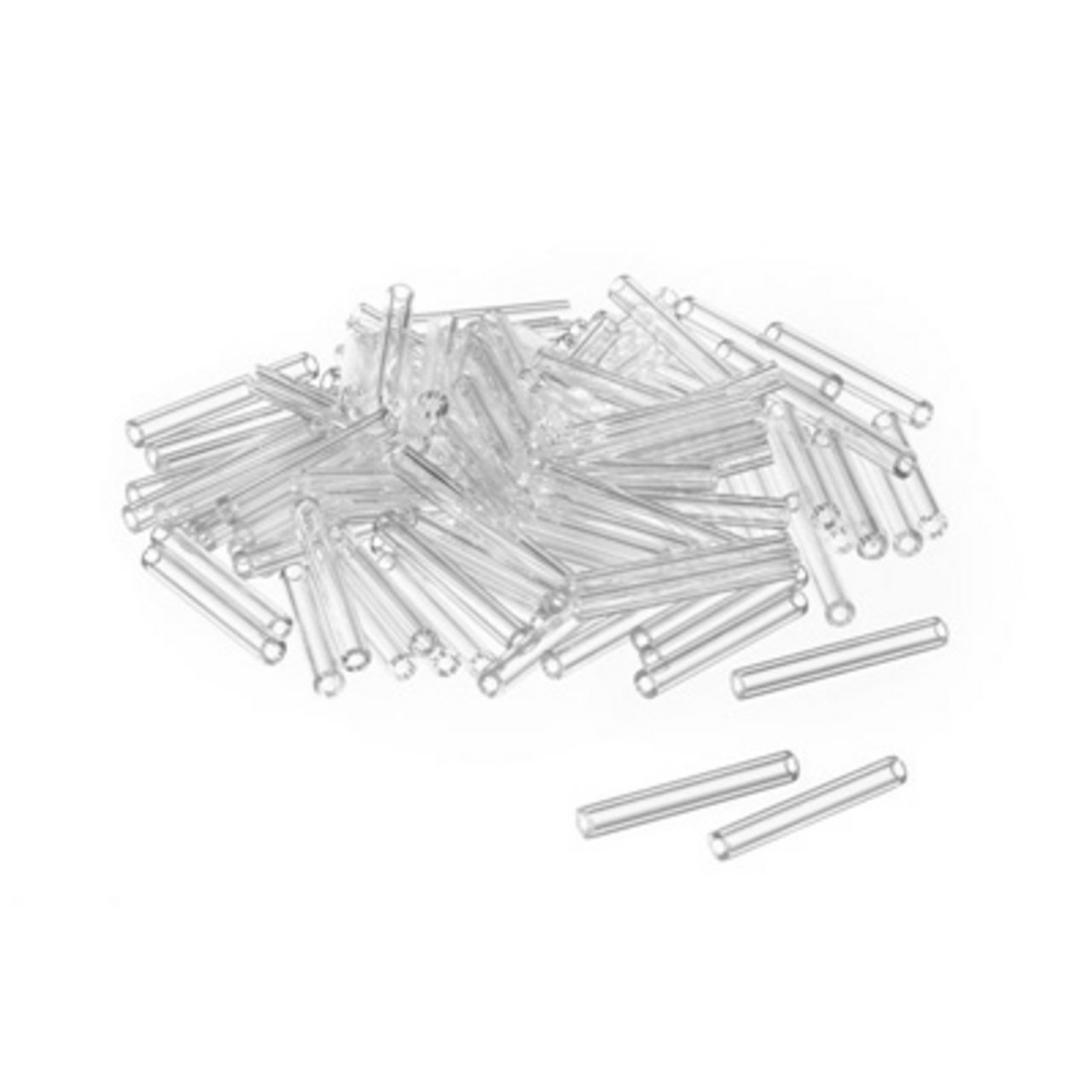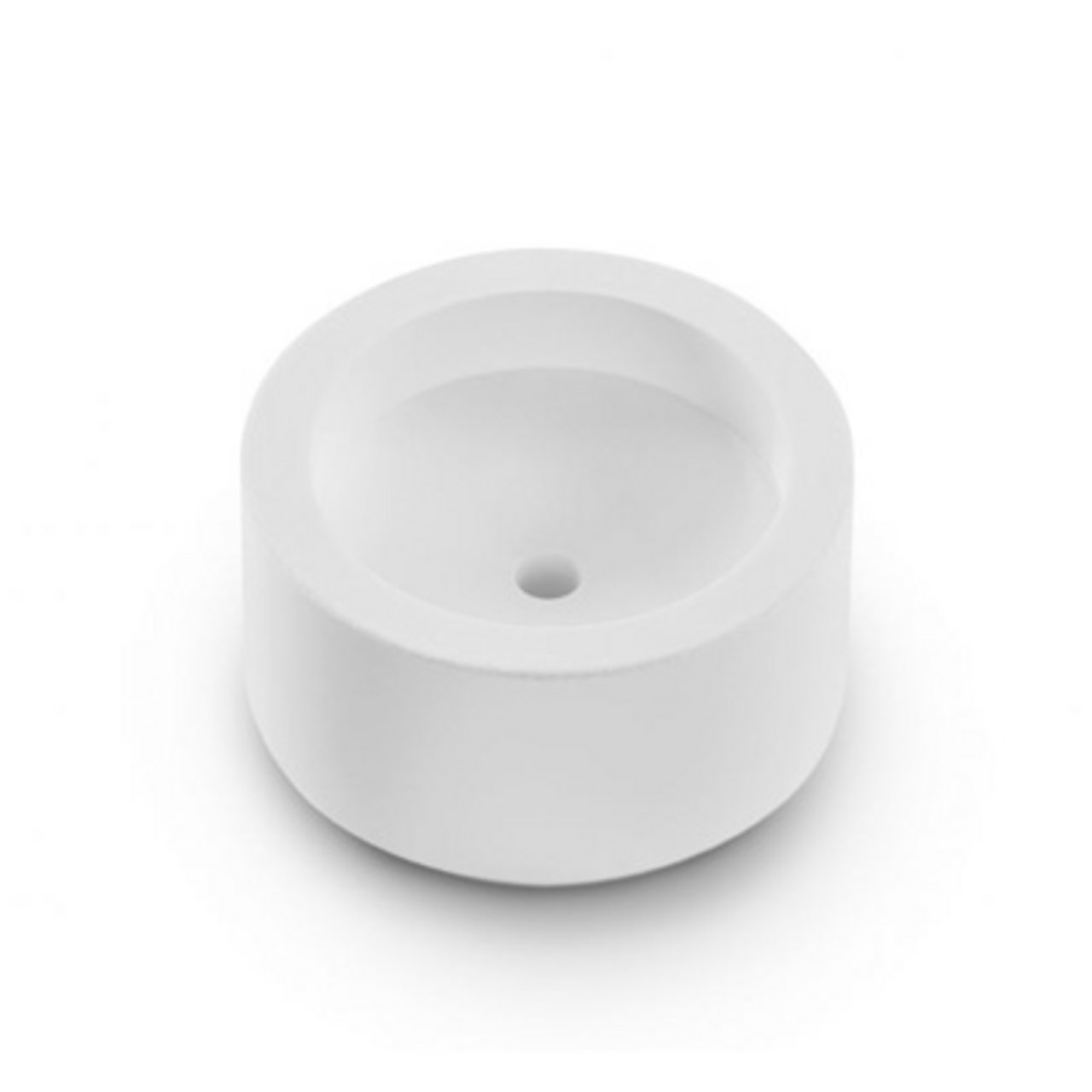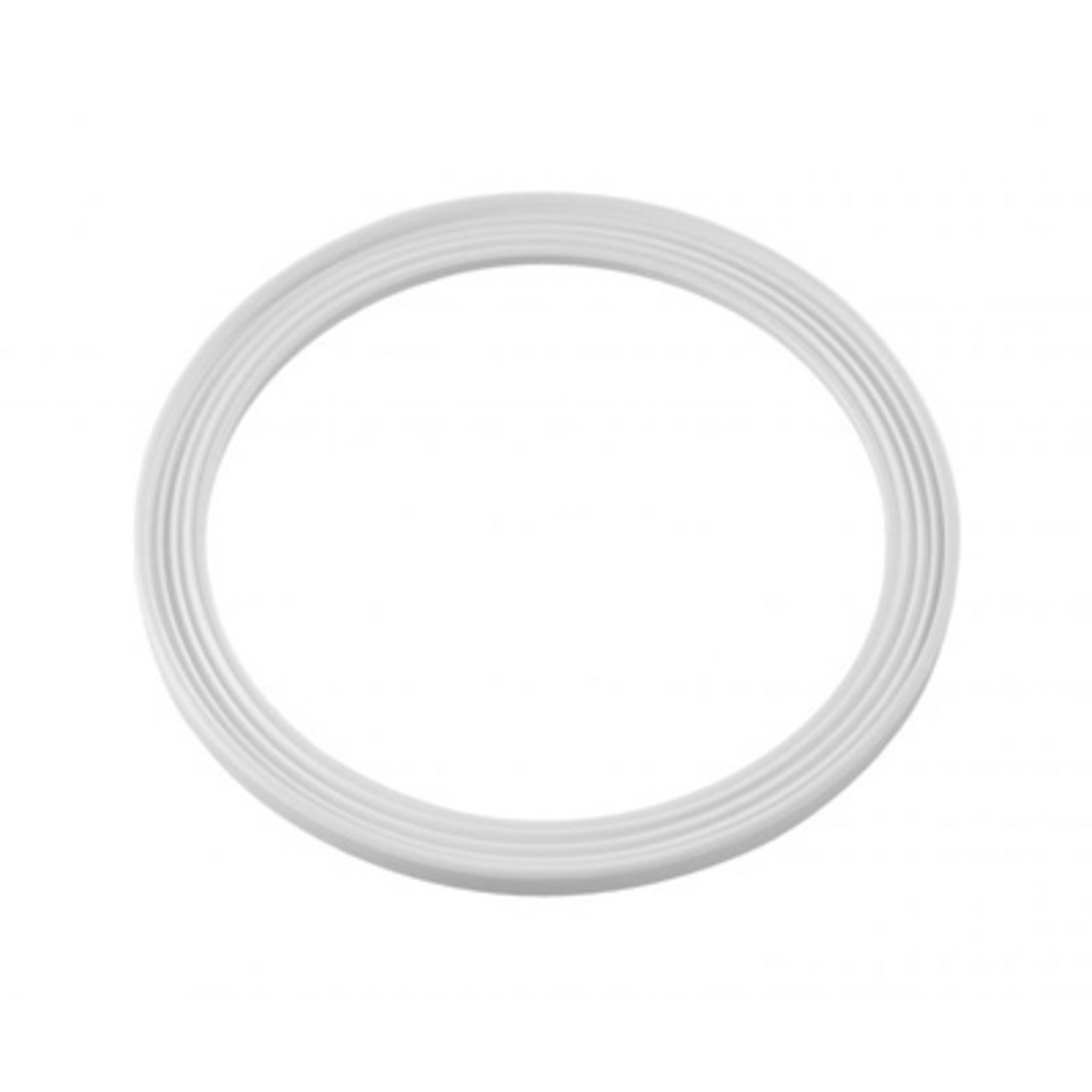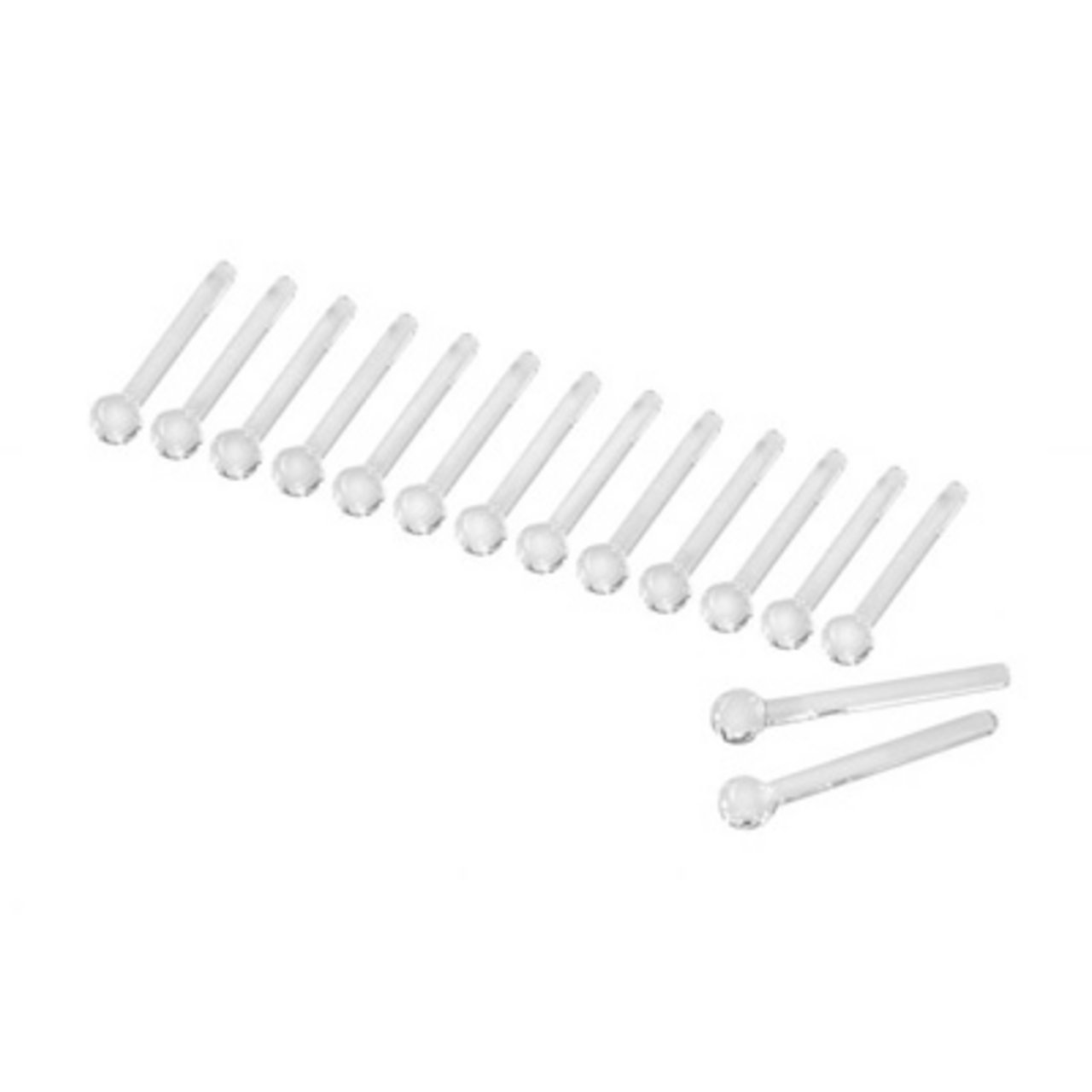In materialography, material samples are typically embedded in synthetic material applying a specific mounting procedure.
This procedure ensures that the samples are held securely for the subsequent mechanical preparation.
Appropriate mounting is fundamental to achieve a materialographic section's optimal flatness and edge retention and thus provides the basis for successful subsequent preparation steps.
Cold mounting is an appropriate method to prepare synthetic mounts and offers a number of advantages: time saving, high flexibility, and high economic efficiency. That is why, from the beginning of the company's history, SCAN-DIA has favoured cold mounting so that we can offer our customers an extensive range of cold mounting products today. Continuous further development and innovative additions to our product range are a matter of course for us.
SCAN-DIA's product range is particularly easy to handle. It comprises the following products:
- Three different mounting resins: SCANDIPLAST standard mounting resin | SCANDIQUICKquick mounting resin | SCANDIPLEX special mounting resin
- A particularly comprehensive range of silicone rubber embedding moulds, the SCANDIFORMS. They are available in more than 30 variants: from small and round moulds to larger, rectangular ones
- A variety of useful and practical mounting accessories: EMBEDDING SET, SCANDICLIP plastic clips, VACUUM SET UNIVERSAL, a vacuum mounting and impregnating device, AEQUIDUR hardness regulator, etc.
Information
In the field of materialography, part of materials sciences, the structure of ferrous and non-ferrous materials (such as composites, ceramics, and plastics) is studied.
"Metallography" is the study of purely metallic materials.
Materialography wants to quantitatively and qualitatively analyze microstructures by means of various microscope technologies. Statements are made relating to the microstructure as well as to the properties of a material.
First step of the work process is the sample preparation. A material sample is prepared for the microscopic examination of its crystalline structure.
A scratch-free polished section providing a sharp and smooth sample surface is produced, allowing for a representative observation of the material structure. During the preparation, it is particularly important to avoid deformation, smearing, or scratches. Therefore, precise working is required using high quality grinding, polishing, and cleaning agents. Furthermore, depending on the observation criteria, the section may be etched using various solutions.
In general, the materials scientist needs a broad knowledge of material properties, material production, and further material processing in order to avoid preparation errors and errors during the structural analysis.
Materials scientists work in the fields of quality assurance, in failure analysis, and in the research and development domain.
The microscopic examination of the materials provides important conclusions on the production conditions and thus helps to assess production processes as well as to shed light on cases of failure. Moreover, the results of materialographic research build the basis for the development of new materials that are optimally adapted to their respective operating conditions.
Contact
Our experts are happy to answer your questions. SCAN-DIA has a dedicated team of professionals who provide in-depth expertise to offer you personalised support and ensure you get the best possible solution.
Whether you have questions about SCAN-DIA products, technical problems or industry issues, don't hesitate to call. They will be happy to help you with your concerns.








